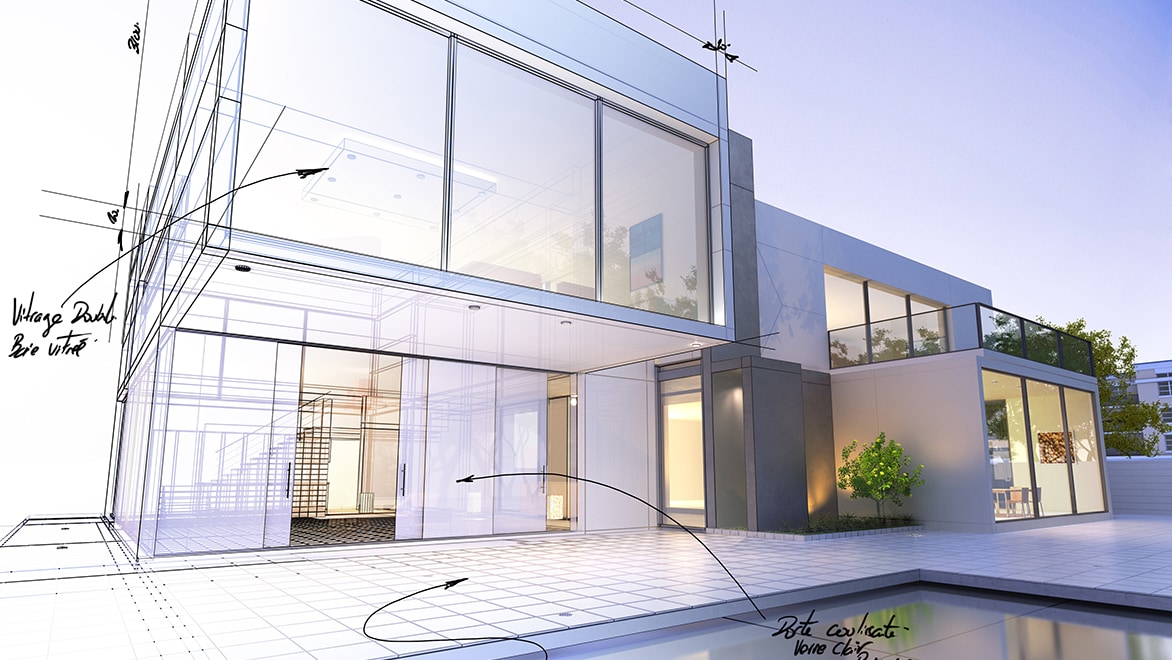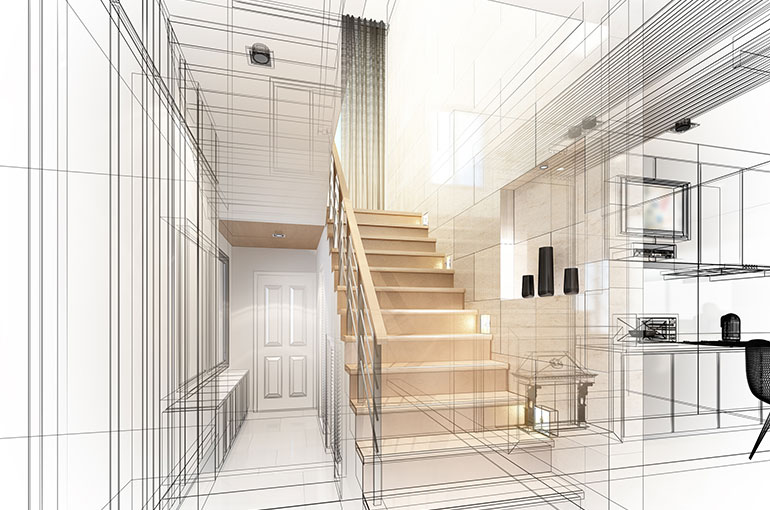The Impact of Technological Developments on the Design Practices of Contemporary Architects
The quick advancement of technological devices has actually considerably reshaped the style landscape for contemporary engineers, promoting unprecedented degrees of advancement and sustainability. The integration of Structure Info Modeling (BIM), parametric design, and artificial knowledge has not only structured collaboration amongst diverse groups yet also redefined task implementation. As designers welcome these developments, they are challenged with complicated obstacles that could influence their creative procedures. Discovering these dynamics discloses a nuanced interplay between modern technology and conventional style methods, triggering a more detailed exam of what the future holds for architectural techniques.
Development of Architectural Devices
Just how have building tools transformed the design and construction procedures over the centuries? The advancement of building tools has significantly influenced the performance, precision, and imagination of design and building and construction.
With the arrival of the Renaissance, the introduction of the compass and the protractor noted a crucial shift. These tools made it possible for engineers to accomplish greater precision in their styles, helping with the emergence of even more elaborate and proportionate structures. The Industrial Transformation even more revolutionized building exercise with the intro of mechanized tools and products, permitting bigger and a lot more ambitious tasks.
In the 20th century, the advancement of computer-aided design (CAD) software program transformed the landscape once more, supplying designers with unprecedented capacities in modeling and visualization. Today, advanced devices such as Structure Information Modeling (BIM) and parametric style software application remain to push the borders of building innovation, making it possible for a much more incorporated method to layout and building procedures.
Enhanced Partnership in Layout
As innovation remains to evolve, improved cooperation in design has actually become a foundation of modern-day building practice. The combination of electronic tools such as Building Details Modeling (BIM), cloud-based systems, and advanced visualization software application has actually transformed the method engineers, designers, and stakeholders interact throughout the style process. These devices promote real-time communication, enabling teams to share concepts, alterations, and feedback promptly, no matter geographical place.

Furthermore, interdisciplinary partnership has been streamlined through these technical innovations, making it possible for designers to work more very closely with various other experts, such as urban organizers and ecological specialists. The result is an extra cohesive method to design that takes into consideration different point of views and knowledge. Ultimately, boosted partnership in design is not just a pattern; it is essential for developing ingenious, useful, and visually pleasing style in a progressively intricate world.
Sustainability With Modern Technology
Sustainability in architecture has actually significantly become intertwined with technical innovation, driving the market towards eco responsible methods - cda architects. Contemporary engineers are leveraging advanced innovations to decrease ecological impact while improving the efficiency of structures. One noticeable example is making use of Building Info Modeling (BIM), which enables precise planning and resource allowance, lowering waste throughout construction and promoting energy efficiency throughout a building's lifecycle
Additionally, clever products and energy-efficient systems are being integrated right into styles to enhance source usage. Technologies such as photovoltaic cells and environment-friendly roof covering systems harness renewable resource sources, adding to decreased carbon footprints. Additionally, the application of synthetic intelligence in design processes enables architects to simulate and analyze energy consumption, guiding choices towards even more sustainable results.
The combination of sustainable technologies not just straightens with international ecological goals but also meets an enhancing demand from customers for eco-friendly solutions. As engineers accept these advancements, the focus moves towards developing rooms that are not just visually pleasing but additionally functionally lasting, consequently redefining the standards of modern style. In this means, modern technology acts as a driver for sustainability, enabling architects to design buildings that regard and boost the native environment.
Obstacles in Execution
While technological improvements in design hold terrific guarantee for enhancing sustainability, their implementation usually comes across considerable challenges - cda architects. One primary barrier is the steep understanding curve connected with brand-new innovations. Designers and building and construction experts check out here may need extensive training to successfully utilize innovative software application and devices, which can delay task timelines and enhance costs
Additionally, the assimilation of site link arising technologies, such as Structure Info Modeling (BIM) and lasting materials, usually requires cooperation across multidisciplinary groups. This cooperation can be impeded by differences in expertise, workflows, and interaction styles, causing prospective problems and inadequacies.
Financial constraints additionally make complex the fostering of ingenious innovations. Lots of building firms, especially smaller sized ones, may lack the resources to spend in advanced devices, restricting their ability to take on bigger companies that can pay for such financial investments.
Moreover, regulatory frameworks and building regulations might not maintain rate with technological improvements, developing ambiguity and prospective conformity concerns. This obstacle can dissuade designers from completely welcoming brand-new technologies, as the risk of non-compliance may surpass the benefits. Resolving these execution difficulties is important for the successful integration of technical improvements in contemporary architectural techniques.
Future Patterns in Architecture
The obstacles related to the application of new modern technologies in style have prompted a reevaluation of future trends within the sector. As designers navigate concerns such as sustainability, urbanization, and social equity, they are significantly adopting innovative modern technologies to enhance design performance and ecological performance.
One noticeable pattern is the integration of artificial knowledge (AI) in the style process. AI devices can evaluate vast datasets to educate design choices, improving click to find out more both creativity and functionality. Building Details Modeling (BIM) proceeds to advance, making it possible for real-time collaboration amongst stakeholders and assisting in structured job administration.
Lasting style techniques are likewise obtaining momentum, with designers concentrating on adaptive reuse and regenerative style concepts that minimize resource intake and waste. The incorporation of wise products and renewable resource resources will even more boost the resilience of structures despite environment change.

Final Thought
Technical improvements have dramatically reshaped architectural style practices, promoting improved accuracy, collaboration, and sustainability. The assimilation of tools such as Building Details Modeling and parametric design software program, alongside man-made knowledge and wise products, empowers designers to resolve complex difficulties extra efficiently.